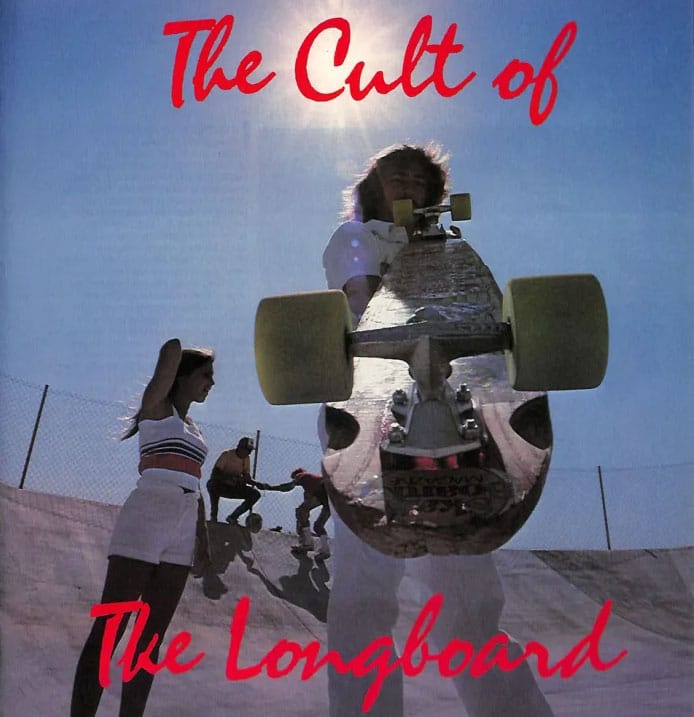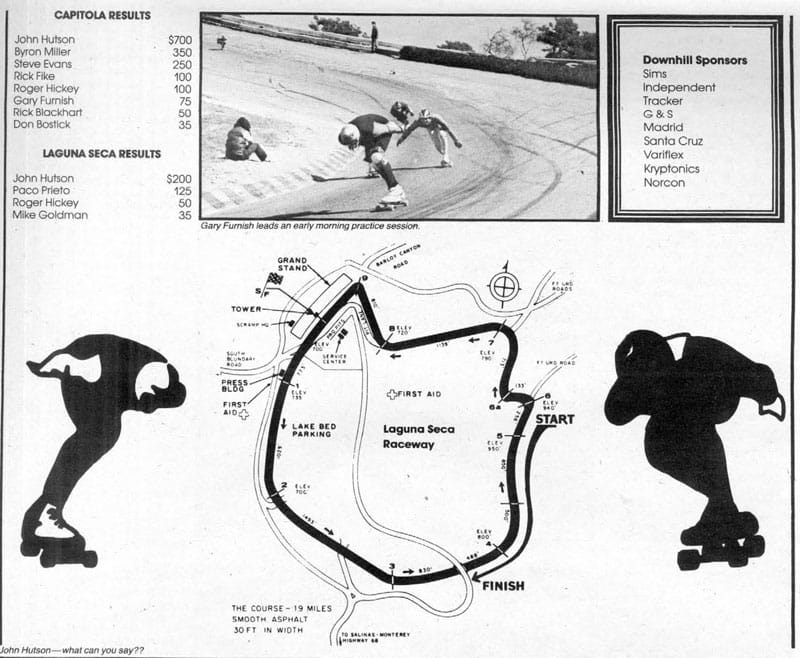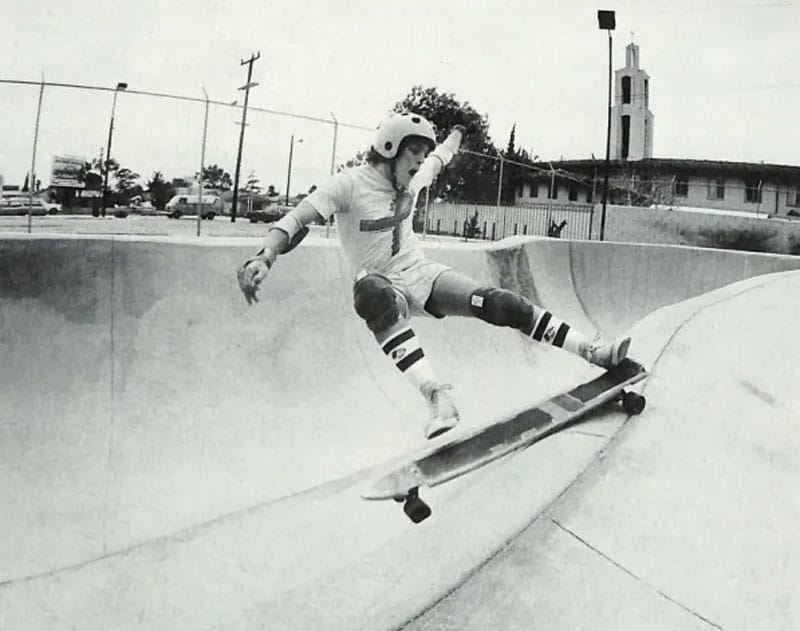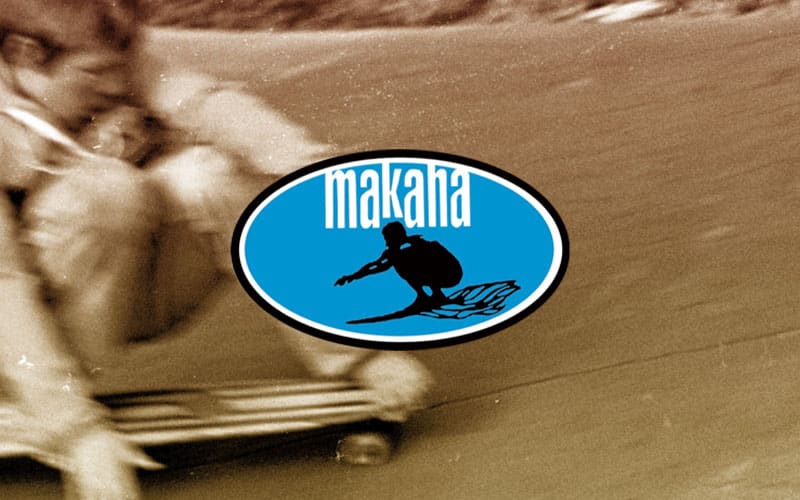The history of longboarding goes back to the roots of skateboarding itself.
Longboards are large skateboards that were initially made for cruising or downhill speed. They range in length from 38 inches to 60 inches. The name comes from longboard surfboards, which are much larger than traditional surfboards.
Longboarding has always existed in various forms but garnered little attention from the skateboard press. Perhaps this is because its appeal is not so immediately apparent as the stunts performed by street skaters.
As with other types of skateboards, efforts have been made to improve and refine longboard design.
In the 1970s, several people got involved with longboards, but perhaps the greatest proponent of the sport was Tom Sims. Tom was known for his extremely fluid style with a longboard. He originally started with water skis and experimented with various wood materials.

Other longboard pioneers of the 1970s were Ed Economy and Brad Stradlund.
Brad recalls the roots of his longboard career:
“The way I looked at it was my influences on skateboarding were surfers. When I started riding skateboards in 1975 there were no real skateboard heroes. I tried to style my skateboarding after surfers like Jerry Lopez, Buttons and Larry BertIeman. All I wanted to do was skate like them. I wanted to be relaxed and smooth — just like Lopez was when he surfed the Pipeline.”
Over time, Brad would adopt a more aggressive style with his longboarding due to the influence of Jay Adams. However, he kept a smooth style due to skating with Tom Inouye.
Ed Economy feels that skateboarding is just another form of expression:
“going fast, carving lines and pretty much like I’m pretending that I’m surfing on the pavement.”
In 1978, SkateBoarder magazine featured a story entitled “Cult of the Longboard” which profiled some of the top longboarders. Other than this piece, however, longboards weren’t prevalent in the 1970s.

In the 1980s, Madrid Skateboards manufactured a few models and Thrasher magazine covered several downhill events. For the most part, though, longboarding was only practiced by a select few. It should be noted, however, that Schmitt Stix did manufacture and sell a fair number of 36-inch Yard Stix. These boards were fun to ride, but they were very stiff.

In the early 1990s, friends Steve Lake and Dennis Telfer from La Jolla, California, formulated an idea that led to the revival of longboarding. Their goal was to build a product that rode more like a surf or snowboard.
Starting in their backyard and quickly progressing to a full-blown factory, Sector 9 dramatically impacted the skateboarding world.
Along the way, others have joined in on the process.
Gravity Streetboards added hand-painted graphics to their boards, along with the option of a speedometer.
Envy Skateboards’ Mike Shanahan was a one-time champion snowboarder who experienced a painful injury that effectively ended his career. He decided to change direction:
“Everybody’s thought about putting skateboard trucks onto a snowboard — but it doesn’t work. Basically what I did was to design the holes into the board so you wouldn’t get any wheelbite.”
Compression Technologies creates longboards made from hemp, adding to the boards’ durability and strength.
Besides their larger shape, longboards have one other feature that makes them quite different when compared to today’s regular-sized skateboards: the wheels are much larger and softer. While most skateboard wheels are between 50-60mm with a durometer of 98-101a, longboard wheels are 60-80mm with a durometer of 78-82a. This ensures a smooth ride and less hangup on cracks in the sidewalk.
Even the traditional, regular-sized skateboard manufacturers now include longboards as part of their offering. Although most longboarders are content to cruise and carve, new school skaters are adding their own signature to the sport with insane ollie variations on 48-inch boards.

Longboarding has evolved into many different styles, including…
- Cruising
- Freestyle/Dancing
- Long Distance Push
- Downhill/Freeride
It’s bringing more women, surfers, and former skateboarders into the sport, which has a positive effect on the overall sport of skateboarding.



